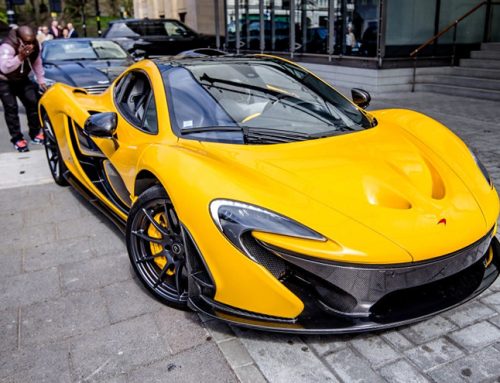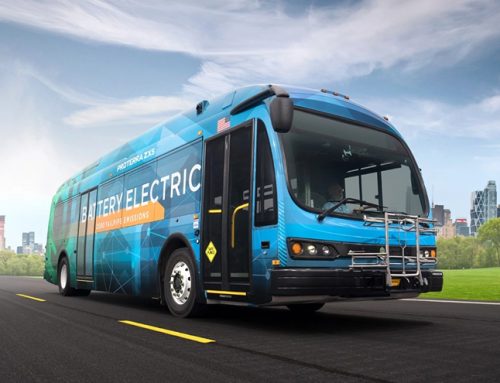In 2023, Tesla Semi electric truck more information exposure

Tesla Semi electric truck
Tesla Semi electric truck more information exposure, Pepsi says its energy consumption is 1.1kWh per kilometer.
According to news on August 17, PepsiCo used 21 Tesla Semi electric trucks at a bottling plant in Sacramento, California.
The company introduced the daily logistics operations of these all-electric trucks in a video, including energy consumption, Information on kinetic energy recovery and cruising range, etc.
Tesla officials have not yet announced the detailed technical data of the Semi.
Tesla has only delivered a small number of Semi electric trucks so far, and most of them may have gone to PepsiCo.
PepsiCo was the first company to order Tesla Semi five and a half years ago.
Tesla will begin deliveries in early December 2022 Semi.
A recall notice issued by the NHTSA agency in the United States in June showed that PepsiCo may have received 36 of the 100 Semis ordered: 15 of which are running at subsidiary Frito-Lay’s plant in Modesto, California, and another 21 operate in Sacramento, the main location.
The video confirms the installation of four Tesla chargers at the Sacramento location, each with a charging power of 750 kilowatts, which can charge the battery to 80% in less than 45 minutes.
The video also mentions that the Semi can be charged from 5-10% to 95% in 20-30 minutes.
PepsiCo uses 18 of its 21 Tesla Semis for multi-site deliveries within a 100-mile radius — in two shifts of up to 12 hours each.
Amanda DeVoe, PepsiCo’s director of transformation and strategy, said the use of electric vehicles is particularly appropriate for these short trips between the company’s bottling warehouses and distribution locations in Sacramento.
But according to Dejan Antunovic, head of PepsiCo’s electrification program, the remaining three vehicles will definitely be used for long-distance transportation of 250 to 450 miles (about 400 to 725 kilometers).
Tesla officials say the Semi electric truck can travel 500 miles (more than 800 kilometers) when fully loaded.

Kinetic energy recovery for Tesla Semi
The video also mentions the Tesla Semi’s kinetic energy recuperation, which Antunovic says the Tesla truck can use to balance energy when returning from Donner Pass in the Sierra Nevada Mountains.
The video also revealed a specific energy consumption value.
The project leader said that PepsiCo used the Tesla Semi to consume an average of 1.7 kWh of energy per mile, which is equivalent to 1.1 kWh per kilometer.
According to Tesla’s website, the car “consumes less than 2 kWh per mile.”
Other known information about the Tesla Semi is that the car’s battery can be charged at 1 megawatt (1,000 kilowatts) thanks to a 1,000-volt system.
So the limiting factor in vehicle charging speed in Sacramento is the charger up to 750 kW, not the vehicle itself.
Like the Plaid versions of the Model S and Model X, the Tesla Semi has a drivetrain consisting of three electric drives, one for the most efficient constant-speed driving and two for acceleration.
Tesla still hasn’t given a price for the Semi, or given other official details about payload capacity, battery capacity, drive system performance, or when mass production will begin.
However, it can be seen from the “buyer show” shared by PepsiCo that the Tesla Semi truck is indeed a good model.
When this cross-generational electric truck is officially put into production and delivered, it will bring great benefits to the entire transportation industry.
More information on the Semi will likely be announced in September.
Overall, Tesla’s continuous innovation in the field of electric vehicles and its continuous attempts to expand the field of transportation have added more highlights to its future development.
The incident of Tesla Semi electric truck transporting Cybertruck has once again aroused public attention and heated discussions on electric vehicles.







Leave A Comment